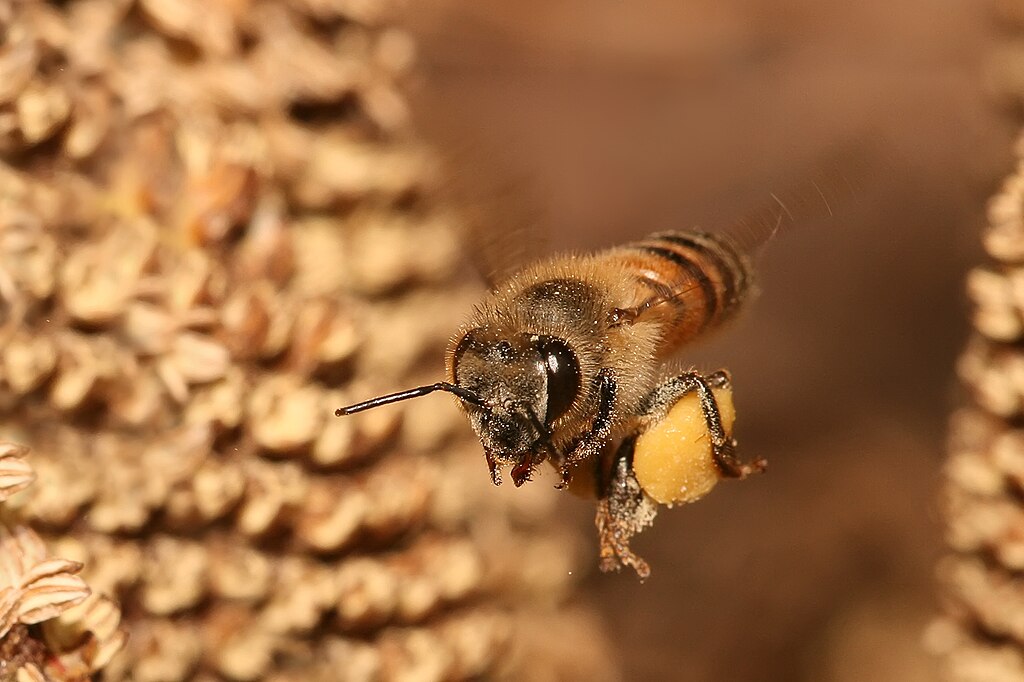The gentle hum of a honeybee working its way through a garden seems like one of nature’s most harmonious sounds. Yet what if I told you that this beloved insect, so deeply woven into our understanding of environmental health, is actually an invasive species across most of North America? The European honeybee has been living a double life for centuries, simultaneously celebrated as nature’s perfect pollinator while quietly reshaping entire ecosystems in ways we’re only beginning to understand. This revelation forces us to confront an uncomfortable truth about invasive species. While textbooks paint them as ecological villains that destroy native habitats, the reality is far more complex. Some invasive insects have become so integrated into their adopted homes that removing them would cause more harm than good. The honeybee’s story challenges everything we think we know about biological invasions and forces us to ask a provocative question: can an invasive species actually improve an ecosystem?
The Honeybee’s Hidden History

Long before European colonists brought their wooden hives across the Atlantic, North America buzzed with thousands of native bee species. These solitary bees and small social colonies had spent millions of years perfecting their relationships with native plants. Then came 1622, when European settlers introduced the first honeybee colonies to Virginia, forever changing the continent’s pollination landscape. Native Americans quickly noticed these new arrivals and called them “white man’s flies,” recognizing them as harbingers of European expansion. The honeybees spread faster than the settlers themselves, establishing wild colonies in hollow trees and rock crevices. Within two centuries, they had colonized ecosystems from coast to coast, becoming so thoroughly naturalized that most people assumed they belonged there.
What Makes a Species Truly Invasive
The definition of “invasive” isn’t as straightforward as it might seem. Ecologists typically define invasive species as non-native organisms that cause ecological or economic harm to their new environment. However, this definition becomes murky when applied to species that have been present for centuries and now serve essential ecological functions. Honeybees complicate this definition because they occupy a unique middle ground. They’re undeniably non-native, having been deliberately introduced by humans. Yet after 400 years of presence, they’ve become integral to both wild and agricultural ecosystems. Their story illustrates how time can blur the lines between invasion and naturalization, forcing us to reconsider our binary thinking about native versus non-native species.
The Pollination Paradox
Here’s where the honeybee story gets really interesting. These industrious insects have become the backbone of modern agriculture, pollinating crops worth billions of dollars annually. Without them, grocery stores would look dramatically different – no almonds, apples, or blueberries, and significantly fewer vegetables and fruits of all kinds. But their agricultural success creates a fascinating paradox. Honeybees are simultaneously invasive and essential, foreign and foundational. They’ve filled ecological niches that native bees once occupied, yet they’ve also enabled the cultivation of non-native crops that now feed millions of people. This dual role challenges our understanding of ecological harm and benefit.
Competition or Coexistence

The relationship between honeybees and native pollinators reveals the complexity of ecological interactions. Studies show that honeybees do compete with native bees for nectar and pollen resources, particularly during periods of floral scarcity. They’re more efficient foragers and can mobilize larger workforces, giving them advantages in resource competition. However, the picture isn’t entirely one-sided. Some research suggests that honeybees might actually benefit certain native plants by providing reliable pollination services, especially for plants that bloom when native pollinators are less active. The truth is that ecosystems are remarkably dynamic, and species relationships can shift from competitive to complementary depending on environmental conditions and resource availability.
Disease Dynamics and Ecosystem Health
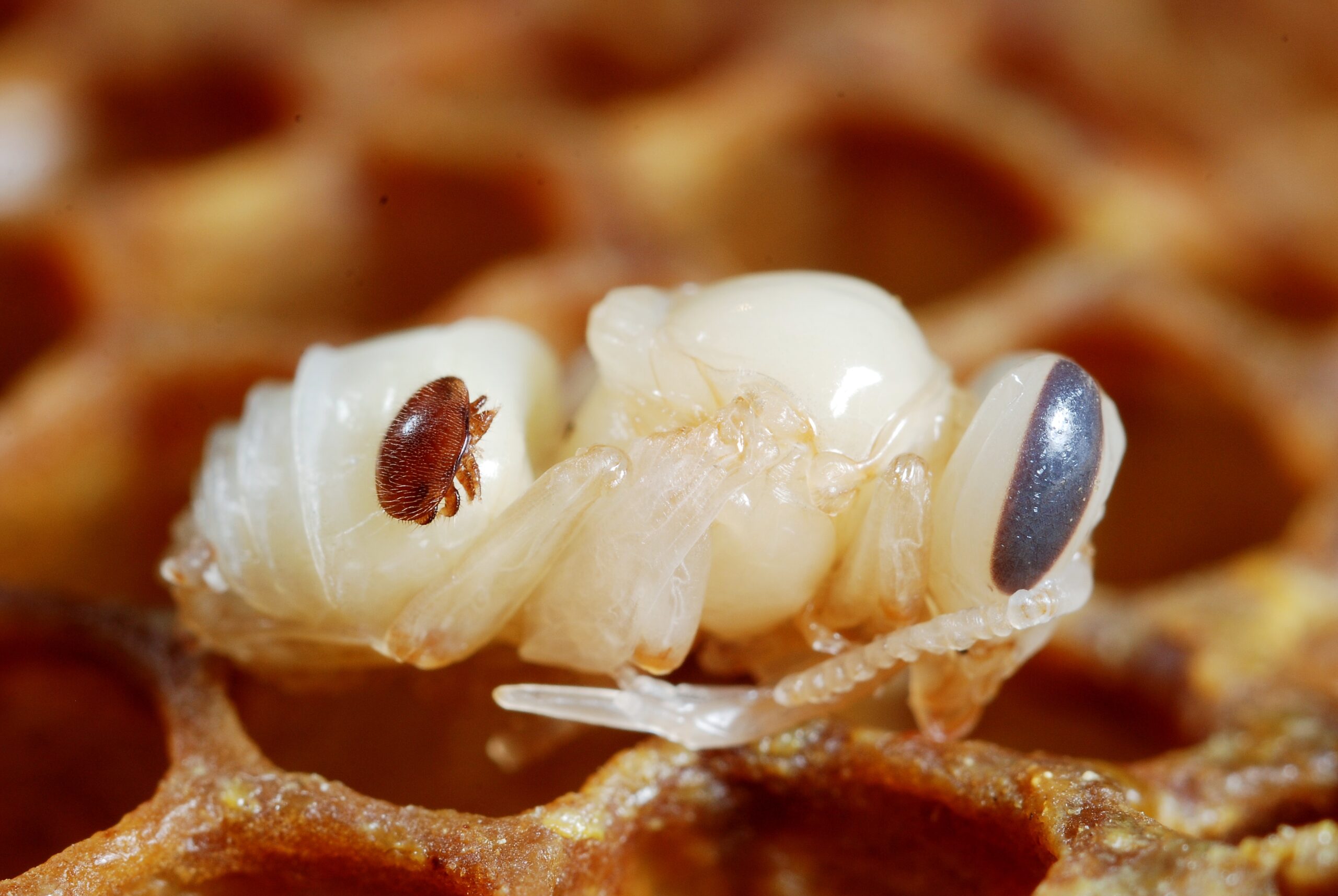
One of the most concerning aspects of honeybee invasion involves disease transmission. Managed honeybee colonies can harbor pathogens and parasites that spill over into native bee populations. The varroa mite, originally a parasite of Asian honeybees, has become a global threat that affects both managed and wild bee species. Yet even this darker side of the honeybee story has unexpected complexity. Some researchers argue that the presence of honeybees has actually increased overall attention to pollinator health, leading to better habitat management and pesticide regulations that benefit all bee species. The crisis in honeybee populations has sparked broader conservation efforts that might not have emerged otherwise.
Urban Ecosystems and Unexpected Benefits
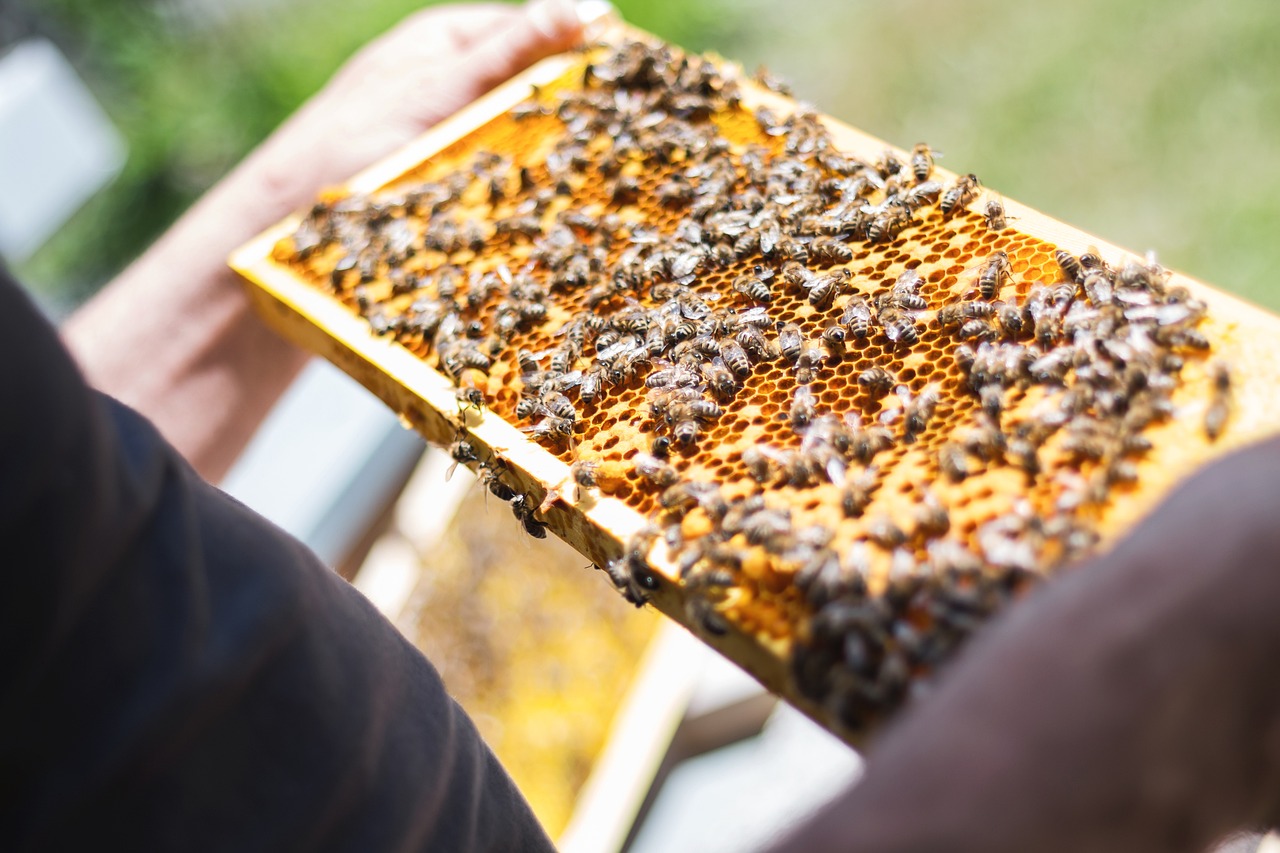
In urban environments, honeybees often provide benefits that outweigh their invasive status. Cities typically have impoverished pollinator communities due to habitat fragmentation and pollution. Honeybees can fill this gap, providing essential pollination services for urban gardens, parks, and green spaces. Urban beekeeping has also created unexpected educational opportunities, connecting city dwellers with nature and fostering environmental awareness. These apiaries serve as living laboratories where people learn about ecosystem interconnections and the importance of pollinator conservation. The honeybee’s role as an environmental ambassador might be one of its most valuable contributions to modern ecosystems.
The Almond Industry’s Dilemma

California’s almond industry provides a striking example of how invasive species can become economically indispensable. Every February, approximately 2.8 million honeybee colonies – nearly 70% of all commercial hives in the United States – converge on California’s Central Valley for almond pollination. This massive migration represents one of the largest managed pollination events in the world. Without honeybees, California’s $6 billion almond industry would collapse overnight. The same is true for many other crops that depend on managed pollination. This economic dependence illustrates how invasive species can become so integrated into human systems that their removal becomes practically impossible, regardless of their ecological status.
Genetic Diversity and Adaptation

After four centuries in North America, honeybee populations have undergone significant genetic changes. Some colonies have developed resistance to local diseases and parasites, while others have adapted to regional flowering patterns and climate conditions. These genetic adaptations raise intriguing questions about when an invasive species stops being invasive and starts being native. Feral honeybee populations, which have established themselves without human management, show particularly interesting adaptations. These wild colonies often display different behaviors and survival strategies compared to their managed counterparts, suggesting that they’re evolving to fit their new ecological niches. This evolutionary process blurs the line between invasion and naturalization even further.
Climate Change and Shifting Baselines

Climate change adds another layer of complexity to the honeybee invasion story. As global temperatures rise and weather patterns shift, the ranges of native pollinators are changing rapidly. Some native bee species are declining or disappearing from their historical ranges, while honeybees, with their managed populations and human support, remain relatively stable. In this context, honeybees might serve as a buffer against pollination collapse in ecosystems where native pollinators are struggling. They could provide essential ecosystem services during the transition period as native species adapt to new climate conditions. This raises difficult questions about whether maintaining invasive species might sometimes be the lesser of two evils in a rapidly changing world.
Success Stories of Beneficial Invasions
Honeybees aren’t the only invasive insects that have provided unexpected benefits to their adopted ecosystems. The European earthworm, while invasive in northern North American forests, has improved soil quality in agricultural areas. Some non-native dung beetles have enhanced nutrient cycling in grasslands where native species were absent or extinct. These examples suggest that ecological invasions aren’t always zero-sum games where invasive species simply replace native ones. Sometimes, invasive species can fill vacant ecological niches or provide services that native species can’t match. The key is understanding when and why these beneficial invasions occur, and how we can manage them responsibly.
The Conservation Conundrum
Conservationists face a genuine dilemma when dealing with beneficial invasive species like honeybees. Traditional conservation approaches focus on removing non-native species and restoring historical ecosystems. However, this approach becomes problematic when the invasive species provides essential ecosystem services or when removal would cause more ecological damage than benefit. Some conservationists are beginning to advocate for a more pragmatic approach that focuses on ecosystem function rather than species origin. This philosophy, sometimes called “novel ecosystem management,” accepts that some ecosystems have been permanently altered by human activity and that managing for ecological health might be more important than maintaining historical species compositions.
Native Bee Conservation and Coexistence

The presence of honeybees doesn’t mean we should abandon native bee conservation. North America is home to over 4,000 native bee species, many of which are specialized pollinators that provide services honeybees cannot match. Some native bees are active earlier in the season, others work in colder weather, and many are more effective pollinators for specific native plants. Effective pollinator conservation requires a multi-species approach that supports both native bees and managed honeybees. This might involve creating diverse floral resources, reducing pesticide use, and protecting nesting habitat for native species. The goal isn’t to choose between native and non-native pollinators, but to create landscapes that support pollinator diversity and ecosystem resilience.
Future Implications and Ecosystem Management
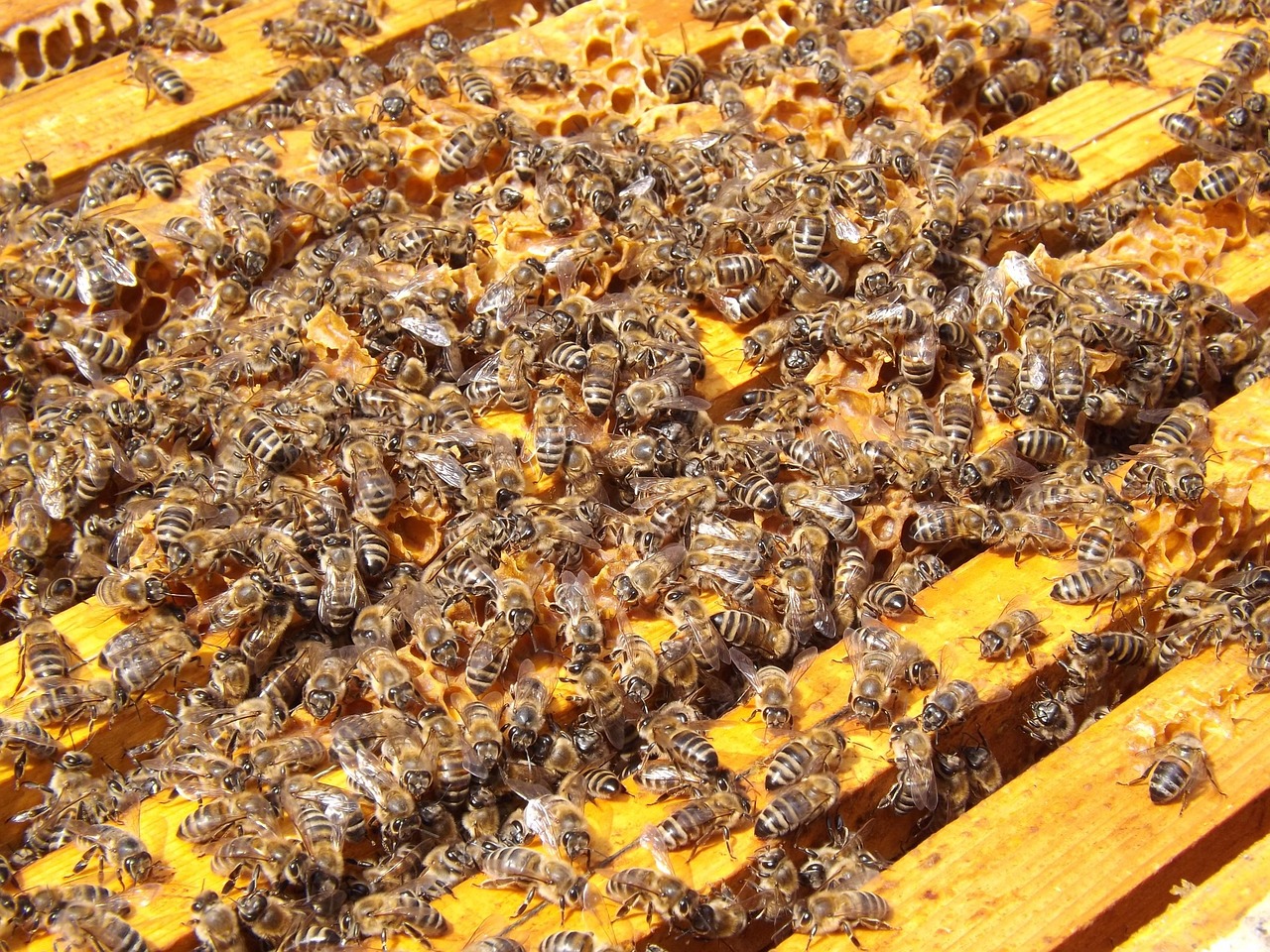
The honeybee case study has broader implications for how we think about invasive species management in the 21st century. As global trade and climate change accelerate the movement of species around the planet, we’ll encounter more situations where invasive species provide essential ecosystem services. We need frameworks for evaluating these complex ecological relationships and making management decisions based on ecosystem function rather than species origin. Emerging technologies like environmental DNA monitoring and predictive modeling could help us better understand the long-term consequences of maintaining beneficial invasive species. These tools might allow us to identify which invasions are likely to become problematic over time and which might provide lasting ecosystem benefits. The goal is developing more nuanced approaches to invasion biology that account for ecological complexity and human needs.
Conclusion: Redefining Ecological Success
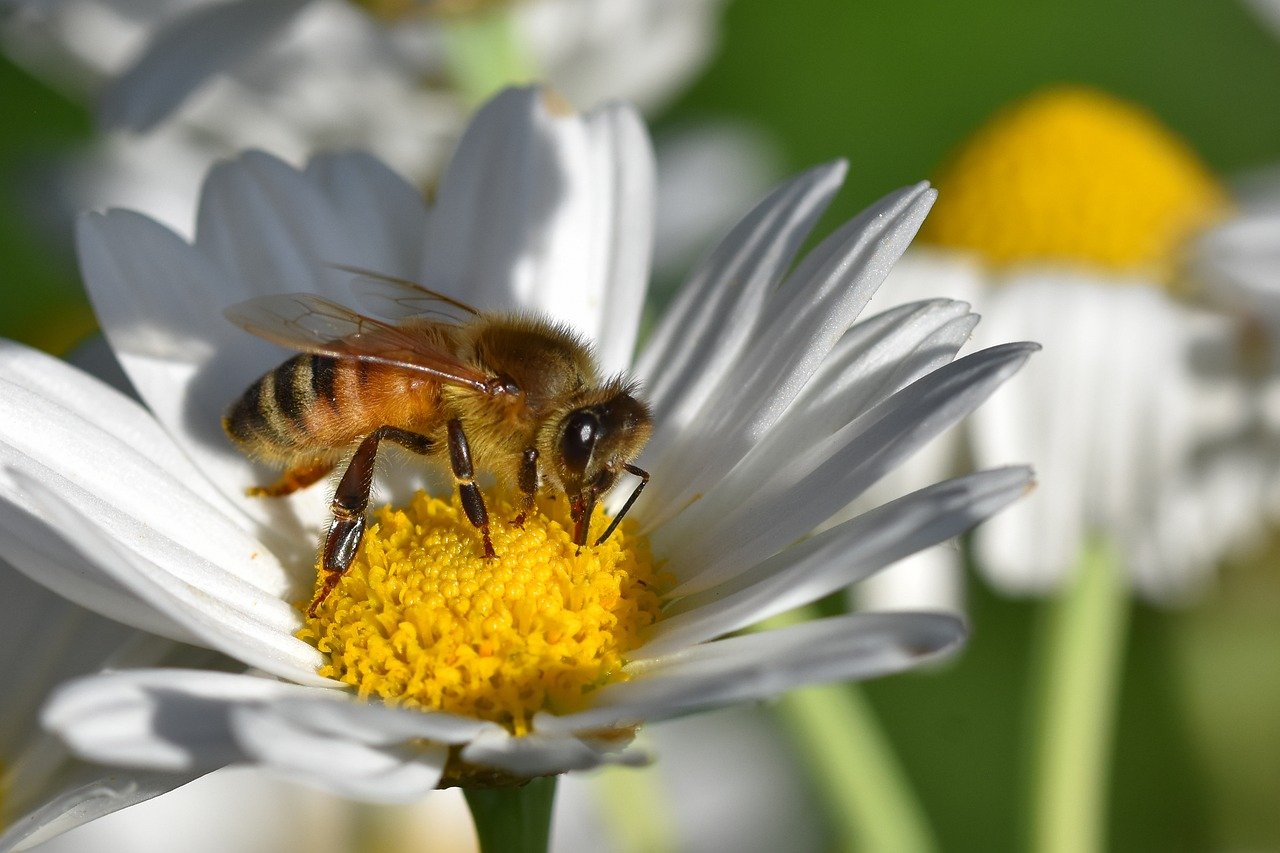
The honeybee’s four-century journey in North America forces us to confront uncomfortable truths about ecology, conservation, and human impact on natural systems. These invasive insects have become so thoroughly integrated into North American ecosystems that their removal would cause ecological and economic catastrophe. They’ve created a new normal that challenges our definitions of native, invasive, and beneficial. Perhaps the honeybee’s greatest lesson is that ecosystems are more dynamic and adaptable than we often assume. Species relationships can evolve from antagonistic to beneficial over time, and ecological success might be better measured by ecosystem function than by species purity. In our rapidly changing world, the ability to adapt and provide essential services might be more important than historical precedent. The next time you hear the gentle hum of a honeybee in your garden, remember that you’re witnessing one of ecology’s most complex success stories. This small invasive insect has become living proof that the natural world is far more nuanced than our textbooks suggest. What other assumptions about invasive species might we need to reconsider as our understanding of ecology continues to evolve?

